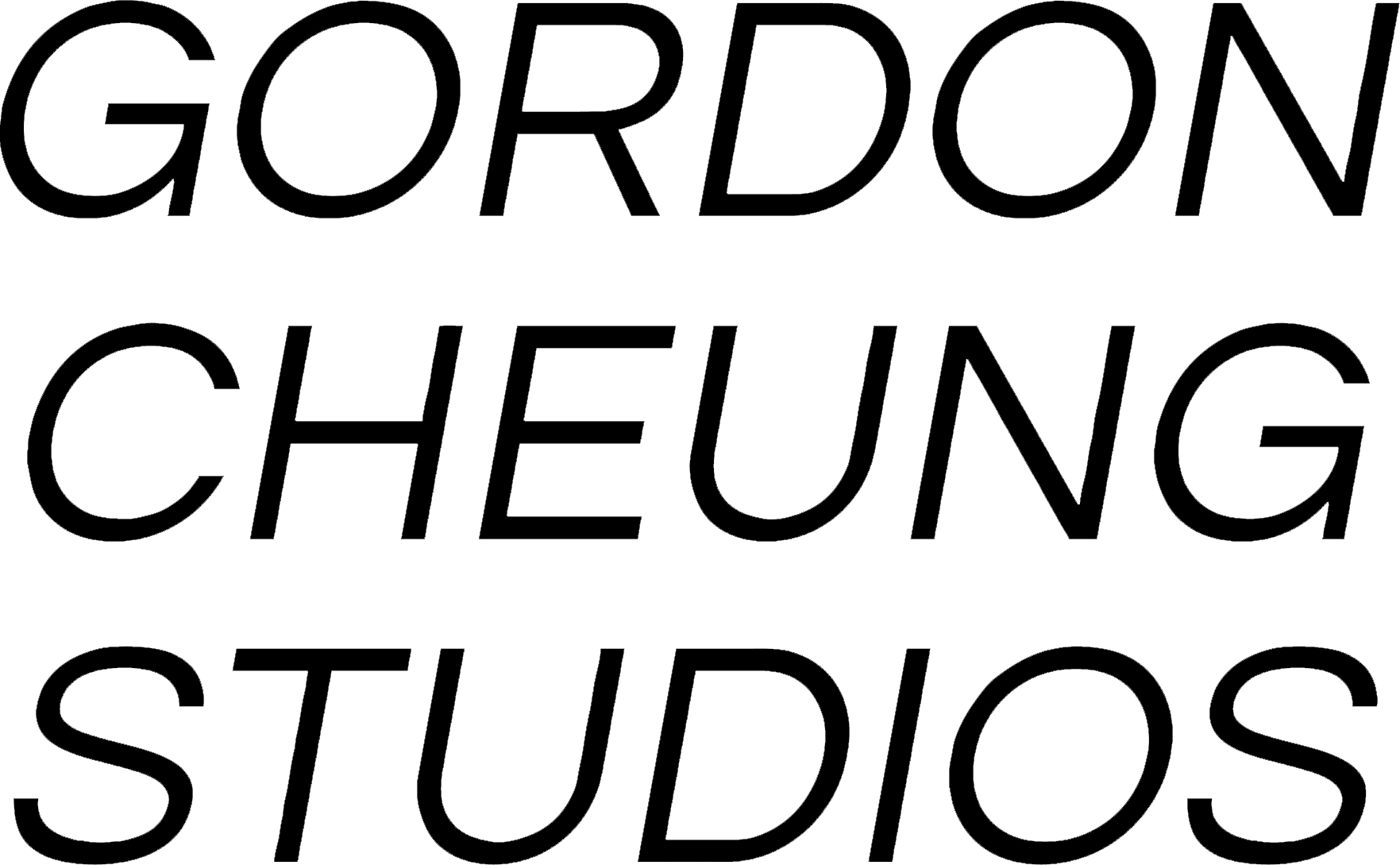Nottingham Castle Museum and Art Gallery will shortly be unveiling a major exhibition of the works of Gordon Cheung. Shown in the city for the first time, and supported by Edel Assanti gallery, London, this major solo exhibition features new large-scale collages (paintings) with Cheung’s trademark use of clippings from the Financial Times, and animations and digital works made especially for or in response to Nottingham Castle and its collections.
Gordon Cheung is a British contemporary artist whose work captures the mood of the global collapse of civilization – or a dystopian, prophetic vision of it – where moral, economic and environmental crises have spun out of control. Spiritual undertones are balanced alongside familiar contemporary images including sources from popular media, cyberspace, nature, and more recently, from historical painting.
Here be Dragons is a reference to cartographical ‘Unknown Lands’, meaning dangerous or unexplored territories. For Cheung, it frames the geopolitical situation in the South China Sea where new territorial lines are being contested and redrawn. It is also a phrase that is used by computer programmers who warn at complex areas of code, resulting in the glitched immersive animations that see 17th century Dutch Golden Age painting slowly fill the room, evolve and change before the viewer’s eyes. ‘Glitching’* is special computer software used by the artist to interfere with and corrupt his images.
The exhibition explores the birth of the first multinational company and Modern Capitalism as it stretches through history intersecting trade routes, culture and colonisation to the rise of China with authoritarian capitalism.
The work – Course of Empire ascends through a reimagined prophesy of the birth and demise of a fictional civilisation based on the works by American artist Thomas Cole. Large ‘nail house’ landscapes first appear as traditional Chinese Ink painting, but where pagodas would have once been found as a place for spiritual retreat into nature, we now see images of contemporary Chinese homes that are standing firm against commercial redevelopment, resistant to change and the pressure of urban growth.
Warning of the instability of global trade economics and consumer trends, the ‘bull’ (rise) and ‘bear’ (fall) years of the stock market are represented as rodeo riders who dance across Martian, barren landscapes. The use of Dutch Golden Age Still life painting from 370 years ago is used a metaphor for the birth of Capitalism and the first recorded economic bubble called Tulipmania.
The exhibition promises to draw the visitor to the alluring, attractive and highly visual works, glamorised by the accomplished and innovative execution, only later to register the tension of the commentary that underpins the works.

